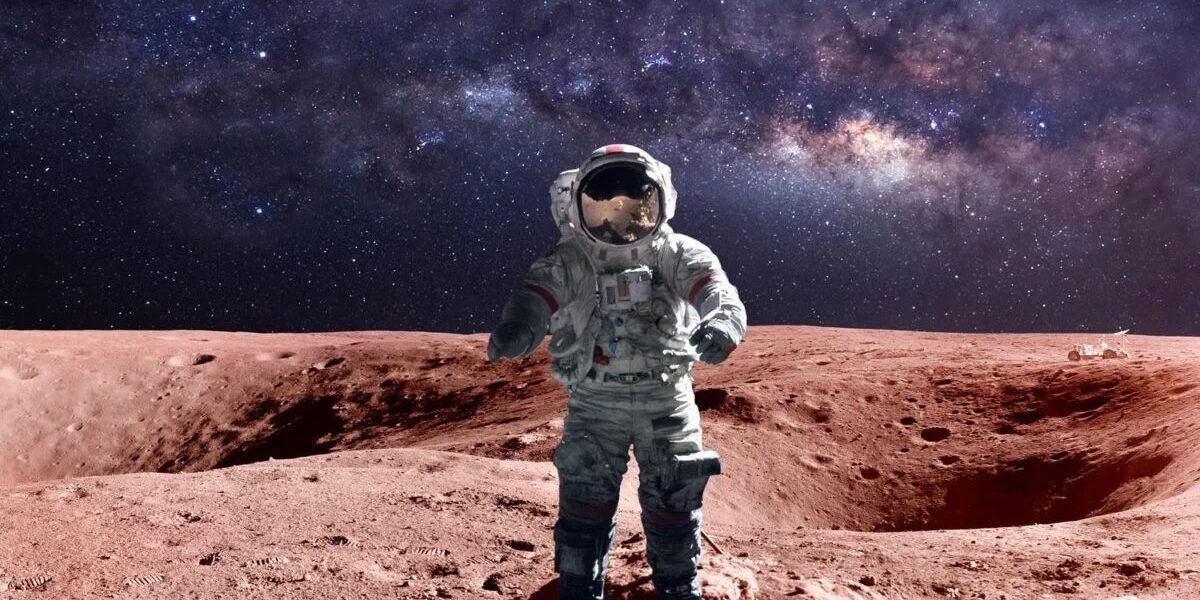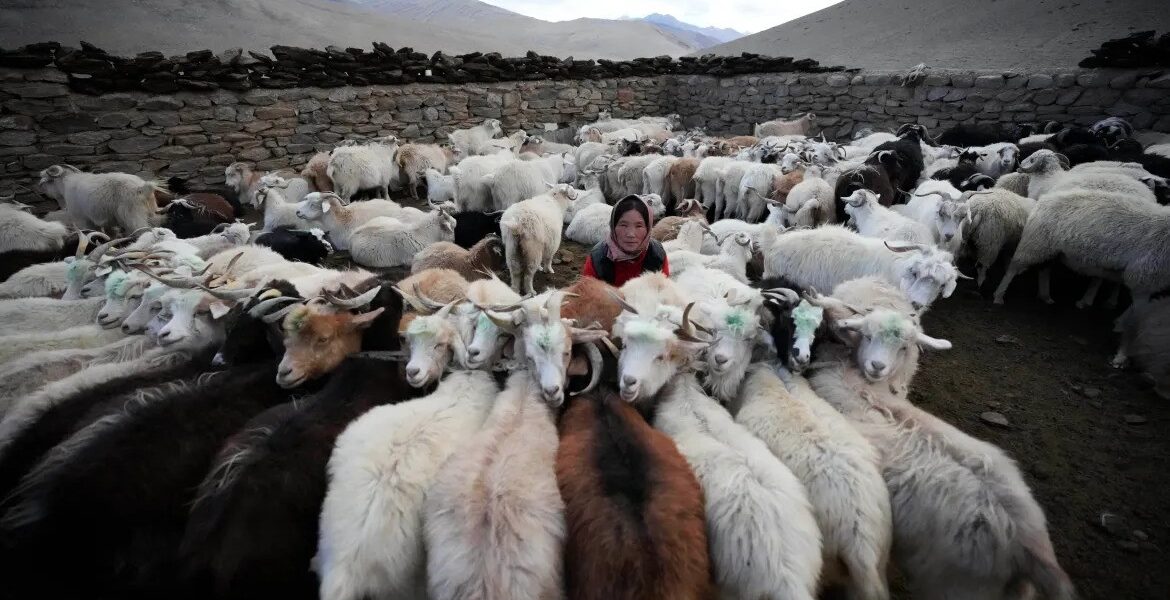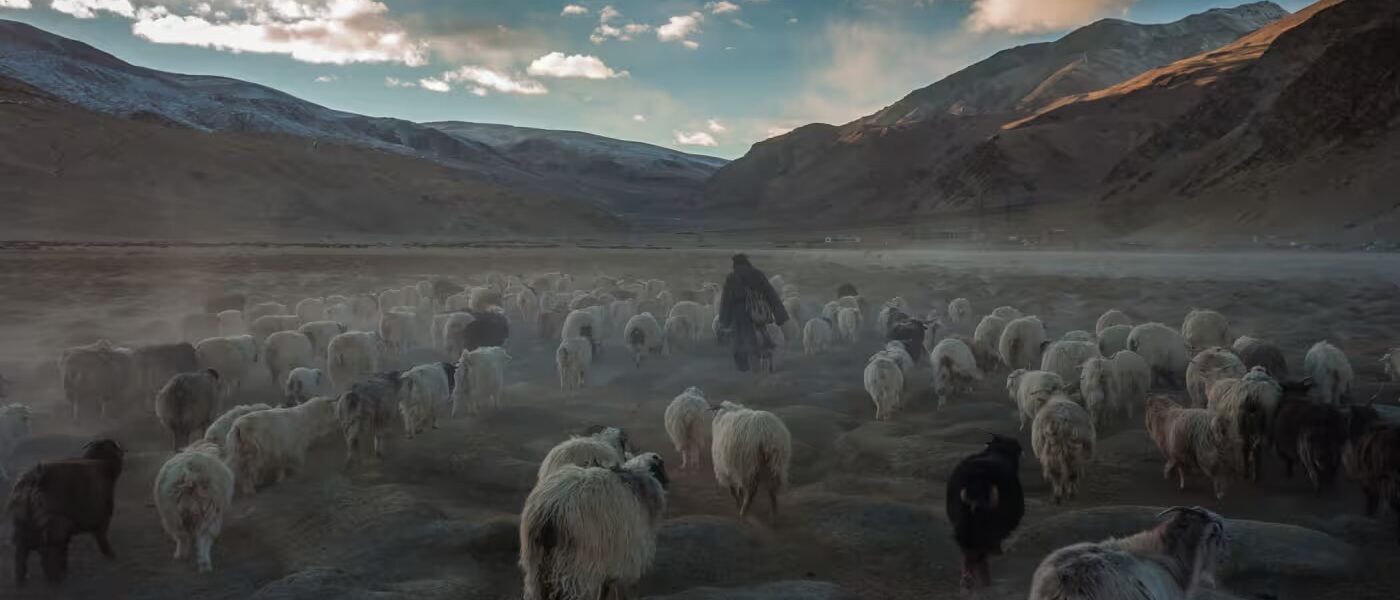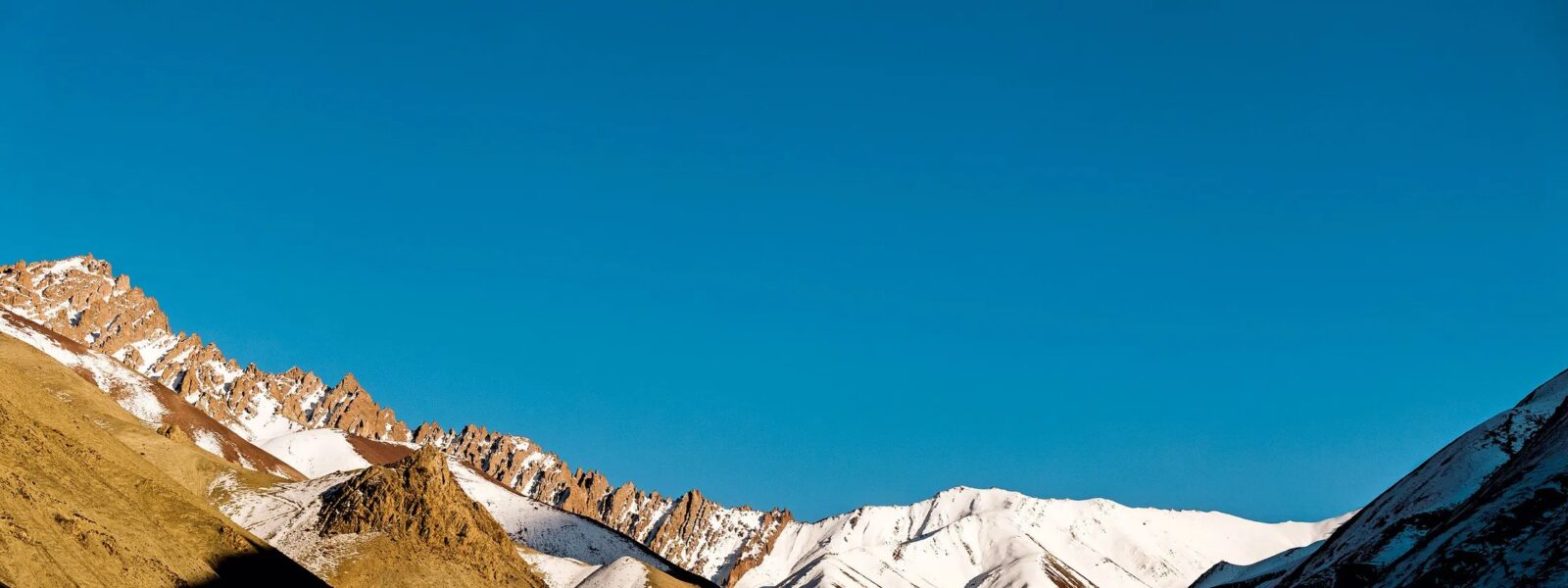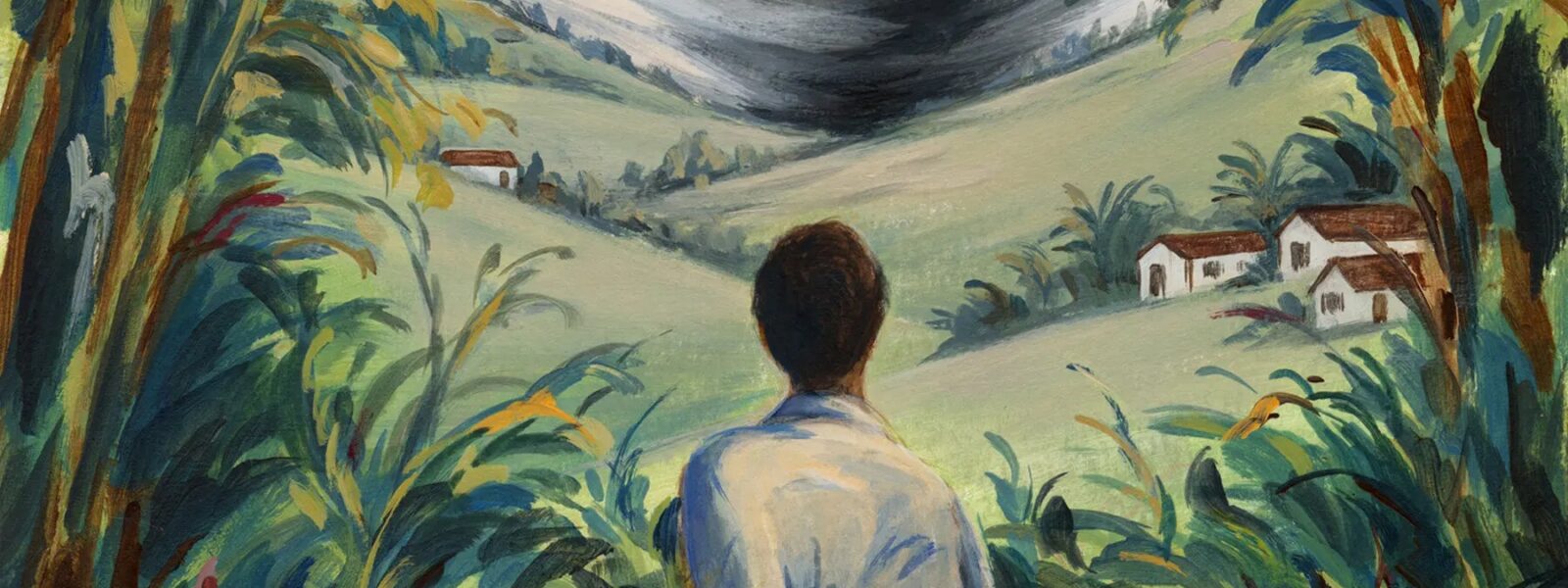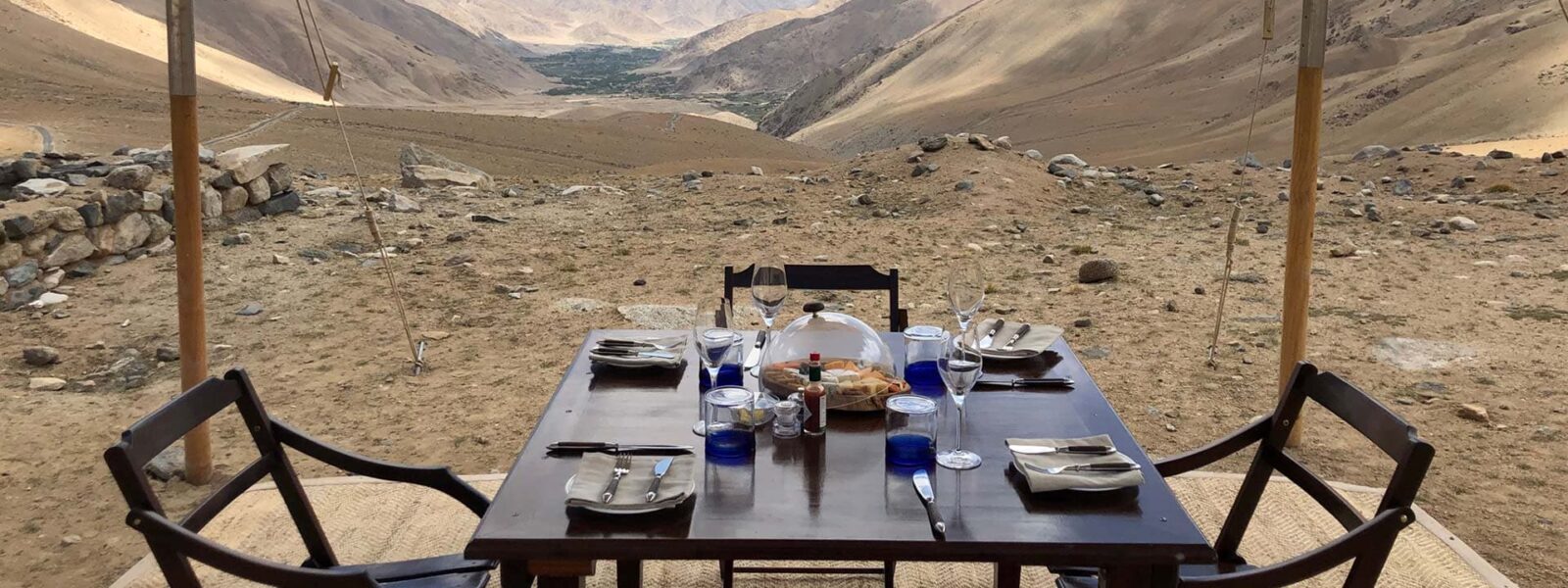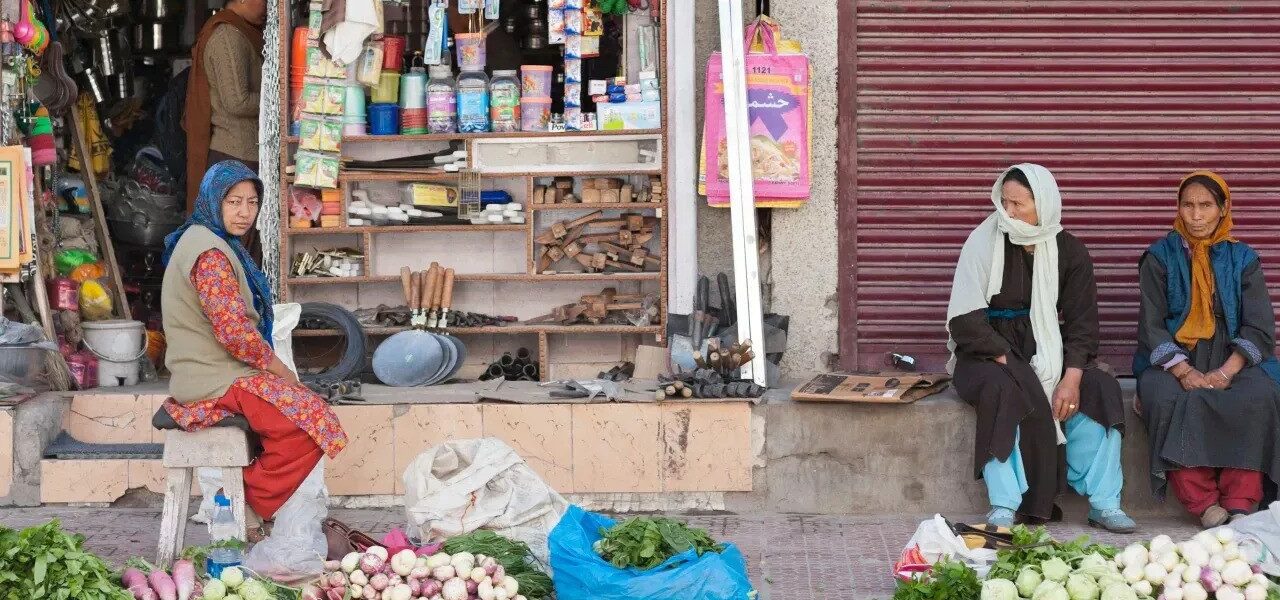Embarking on a year-long Cosmic Odyssey trekking journey through space is not your average adventure. Imagine starting your trip from the beautiful Himalayan region of Ladakh, and instead of just trekking to local peaks, you set off to explore planets, nebulae, and distant galaxies! This fictional, out-of-this-world journey takes you across the entire universe, visiting celestial bodies that most people can only dream of. But don’t worry, we’ll make sure to return you safely to Ladakh after a cosmic year. Just buckle up, and prepare for a space-fueled ride filled with humor, adventure, and a whole lot of starry-eyed exploration.
The Cosmic Odyssey Trek Overview
Starting Point: Ladakh, Earth (Yes, it’s the center of the universe in this story!)
Duration: 365 days
Main Destinations: Planets in the solar system, nearby stars, distant galaxies, and nebulae
Gear Needed: Spacecraft, space suits, advanced propulsion, snacks (lots of them!)
| Leg |
Destination |
Days |
Highlights |
| Leg 1: Inner Solar System |
Mercury, Venus, Earth, Mars |
1-30 |
Caloris Basin, volcanic landscapes, Olympus Mons |
| Leg 2: Outer Solar System |
Jupiter, Saturn, Uranus, Neptune |
31-60 |
Great Red Spot, Saturn’s rings, Triton |
| Leg 3: Nearby Stars |
Proxima Centauri, Alpha Centauri |
61-180 |
Proxima’s glow, binary star systems |
| Leg 4: Galactic Center |
Galactic Center, Sagittarius A* |
181-240 |
Supermassive black hole, accretion disk |
| Leg 5: Nebulae |
Orion, Carina, Eagle Nebula |
241-300 |
Star-forming regions, Pillars of Creation |
| Leg 6: Distant Galaxies |
Andromeda, Triangulum, Cigar Galaxy |
301-365 |
Spiral galaxies, irregular galaxies |
Starting the Cosmic Trek from Ladakh: The Center of the Universe
What better place to start your interstellar journey than Ladakh? Not only is it known for its surreal landscapes and starry night skies, but for this trek, we’ve declared it the official center of the universe. Ladakh’s tranquil environment provides the perfect launchpad for your space adventure, so go ahead and imagine that spaceship rising above the rugged peaks of the Himalayas, and within minutes, you’re on your way to the stars!
“I never thought I’d leave Earth from Ladakh, but here I am, floating above the Himalayas and heading to Mercury! Absolutely mind-blowing.”
– Namgyal Tsewang, Geologist, India
Leg 1: Inner Solar System Exploration (Days 1-30)
Mercury: The Hot and Bumpy Start

Your first stop on this interstellar trek is Mercury. The smallest planet in our solar system may not sound too exciting, but wait until you see the Caloris Basin, a crater so massive that it could hold entire countries. The lack of atmosphere means intense solar flares, so don’t forget to pack extra sunscreen… or maybe a heat-resistant spacesuit.
- Days 1-5: Roaming Mercury’s rugged terrain, dodging craters, and enjoying some extra Vitamin D from the Sun.
Venus: Trekking Through Fire and Sulfur
Next, we land on Venus—the hottest planet in the solar system. With its thick, toxic atmosphere and lava-covered landscapes, Venus is basically Earth’s evil twin. This leg of the trek involves navigating volcanic formations while resisting the urge to sweat in your suit (though you might).
- Days 6-10: Exploring volcanic landscapes and learning how not to melt in sulfuric acid clouds.
Leg 2: Outer Solar System (Days 31-60)
Jupiter: The Giant with a Storm
Our journey to the Outer Solar System begins with Jupiter, the largest planet. Prepare yourself for the breathtaking view of the Great Red Spot, a storm larger than Earth that’s been raging for centuries. If storms aren’t your thing, don’t worry—there are plenty of moons to explore, like icy Europa or volcanic Io.
- Days 31-35: Floating past Jupiter’s Great Red Spot, you’ll realize just how small your problems on Earth really are.
Saturn: Rings and Moons Galore
Welcome to Saturn, the showstopper of the solar system. Saturn’s magnificent rings will leave you speechless, and if you’re lucky, you’ll catch a glimpse of the methane lakes on Titan or the icy geysers on Enceladus.

- Days 36-40: Saturn’s rings and moons are Instagram-worthy even if the Wi-Fi is terrible out here.
Leg 3: Trekking to Nearby Stars (Days 61-180)
Proxima Centauri: Our Neighborly Star
Proxima Centauri is the closest star to Earth, but it still takes a long trek to get there. Once you arrive, you can admire its reddish glow and wonder if there’s life on any of its orbiting planets.
- Days 61-70: A surreal moment as you realize you’re further from Earth than any human has ever been (fictionally, of course).
Alpha Centauri: Double Trouble
Next up is Alpha Centauri, a binary star system. Two stars for the price of one, with planets potentially orbiting both! If you’re into sunsets, Alpha Centauri will give you twice the view.
- Days 71-80: Dual sunsets and pondering the possibility of twin solar systems. Can life thrive under two suns?
Leg 4: Galactic Center (Days 181-240)
Sagittarius A*: Meeting a Supermassive Black Hole
For the most daring trekkers, we now venture to the Galactic Center. Here lies the infamous Sagittarius A*, a supermassive black hole that has no problem eating entire stars. Don’t worry, you won’t get too close—just enough to feel the gravitational pull.

- Days 181-190: A close encounter with a supermassive black hole and its swirling accretion disk.
Leg 5: Nebulae and Star-Forming Regions (Days 241-300)
Orion Nebula: Star Birth in Real-Time
The Orion Nebula is one of the most beautiful sights in space. It’s a massive cloud of gas and dust where stars are born. Trekking through this nebula is like walking through a stellar nursery—just a little more dangerous.
- Days 241-250: Seeing stars being born is breathtaking, but don’t inhale too much cosmic dust!
Carina Nebula: Massive Star Formation
Next, we visit the Carina Nebula, a massive star-forming region known for its size and beauty. It’s a celestial landscape like no other, with towering gas clouds and new stars emerging from the chaos.
- Days 251-260: You’ll never see clouds the same way again after witnessing the Carina Nebula.
Leg 6: Distant Galaxies (Days 301-365)
Andromeda Galaxy: Our Neighboring Giant
For our final leg, we’re venturing beyond the Milky Way to the Andromeda Galaxy, our nearest galactic neighbor. Andromeda is twice the size of the Milky Way and full of wonders, but don’t forget—we have to head back to Ladakh soon!
- Days 301-310: Exploring a galaxy far, far away and realizing that Earth isn’t so bad after all.
Returning to Ladakh: The End of a Galactic Journey
After 365 days of cosmic exploration, it’s time to head home to Ladakh. You’ve trekked through planets, stars, and galaxies, but nothing beats the warm welcome of Earth’s atmosphere and a plate of momos in Leh.

Essential Gear for the Cosmic Odyssey Trek
- Spacecraft with advanced propulsion (fusion drive recommended)
- Radiation shielding suits (Mercury and Jupiter have nasty flares)
- Space boots with anti-gravity stabilizers
- Subspace communication devices (for those long calls home)
- Snacks – you can’t explore the universe on an empty stomach
Pre-Trek Training
Before embarking on your Cosmic Odyssey, you’ll need to complete:
- Space survival simulations (think of it as a cosmic boot camp)
- Zero-gravity endurance training
- Mental conditioning for isolation (just you, the stars, and maybe a few space whales)
- Spacecraft navigation training (Google Maps doesn’t cover the Milky Way)
Q&A: Cosmic Odyssey Trekking
Q: Is the Cosmic Odyssey real?
A: Nope! This is a fictional journey designed to spark your imagination and love for the stars.
Q: How do you survive in space for a year?
A: With advanced technology, space suits, and snacks! Don’t forget the snacks.
Q: Can I bring my dog on the Cosmic Odyssey?
A: Only if they have an anti-gravity collar. Otherwise, they might float away!
Q: What if I encounter aliens?
A: Smile, wave, and offer them snacks. Aliens love good hospitality.

Conclusion: The Cosmic Trek of a Lifetime
Whether you’re daydreaming about exploring the universe or just enjoying a good space joke, this Cosmic Odyssey is one for the books. Starting and ending in Ladakh, you’ll visit some of the most incredible places in the cosmos—without ever leaving your seat (or the planet). So grab your imaginary space suit, hop into your fictional spacecraft, and get ready for the dream trek of a lifetime!
“This was the most incredible fictional journey of my life. From Mercury to the Andromeda Galaxy, I experienced it all! I’ll definitely be recommending this to my friends… if they have a good sense of humor.”
– Sonam Dorje, Astrophysicist, USA
Cosmic Odyssey trekking
Cosmic Odyssey trekking | The journey through Ladakh mirrors the very essence of unraveling unknown horizons, as its dramatic landscapes and unique cultural identity awaken the deepest sense of wonder and exploration. Cosmic Odyssey trekking delves into this realm where inner peace intertwines with the wild, untouched beauty of Ladakh. From the snow-capped peaks to the serene monasteries, every step in Ladakh is a step toward self-discovery. The mountains, ancient paths, and unspoken mysteries stretch before travelers, offering a meditative experience where each encounter feels both effortless and transformative. Whether it’s trekking across remote valleys or sitting quietly beside a sacred lake, Ladakh invites those who seek a deeper connection to the natural and spiritual world.

Cosmic Odyssey trekking
The monasteries of Ladakh stand as living monuments to the region’s profound spiritual heritage. With origins dating back over a thousand years, these ancient structures are both places of worship and repositories of art, culture, and wisdom. Hemis Monastery, one of the largest in Ladakh, is renowned for its annual festival, featuring colorful mask dances performed by monks. The history of these monasteries reflects Ladakh’s role as a crossroads between India, Tibet, and Central Asia, where religious and cultural influences have intertwined over the centuries.
The Tibetan Buddhist influence is especially evident in the architecture and daily life of the monks. Prayer wheels, intricate murals, and the soft hum of chants fill the air as visitors explore the monastery grounds. Each monastery, from the remote Lamayuru to the awe-inspiring Thiksey, offers a window into the spiritual heart of Ladakh. These centers of meditation, learning, and community life continue to thrive, preserving traditions that have shaped Ladakh for generations.
Why Visit Ladakh for Cosmic Odyssey trekking?
Ladakh is a destination that transcends mere travel. It offers a journey that touches both the outer and inner landscapes, making it a perfect setting for those who seek to unravel their own unknown horizons. The region’s breathtaking scenery—from towering mountain ranges to hidden valleys—provides not just an escape but a space for contemplation and growth. Ladakh’s culture, deeply rooted in Buddhist practices, invites visitors to reflect on their own lives and the world around them.
Ladakh’s people, known for their warmth and hospitality, add to the richness of the experience. Villages like Sumda Chun and the legendary Nubra Valley introduce travelers to a way of life that is intricately connected to nature and spirituality. Staying in local homestays allows for immersive experiences where one can learn about traditional Ladakhi customs, share meals made from local produce, and participate in community rituals.

Beyond its natural beauty, Ladakh offers a unique opportunity to explore oneself. The vastness of the region’s plateaus and the clarity of its skies seem to mirror the vastness of the human spirit. Whether it’s standing atop a mountain pass at 18,000 feet or meditating in a centuries-old monastery, Ladakh helps unravel the unknown horizons within each traveler.
Finding the Best Cosmic Odyssey trekking in Ladakh
Finding the best places in Ladakh to experience “Cosmic Odyssey trekking” involves venturing off the beaten path. Ladakh’s lesser-known treks, such as those leading to secluded monasteries or high-altitude lakes, offer unparalleled opportunities for solitude and reflection. The Markha Valley trek, for instance, takes travelers through verdant valleys, ancient villages, and high-altitude passes, allowing for both physical and spiritual exploration.
Ladakh’s iconic lakes, including Pangong Tso and Tso Moriri, are ideal spots for quiet contemplation. Their still waters reflect the sky, creating a mesmerizing landscape that feels timeless and infinite. Sitting beside these lakes, especially at dawn or dusk, brings an overwhelming sense of peace and connection with nature.

For those interested in Ladakh’s spiritual heritage, exploring monasteries such as Alchi, Phyang, or Diskit can be a transformative experience. These sites are not just places of worship but also centers of art, philosophy, and wisdom. Visiting these monasteries, with their ancient murals and intricate statues, offers insight into Ladakh’s rich cultural tapestry.
Ladakh’s Atmosphere and Cosmic Odyssey trekking
Ladakh’s atmosphere is unlike any other place on Earth. The stark contrasts between the rugged mountains and the serene, tranquil monasteries create an environment that feels both raw and sacred. The traditional decor in Ladakhi homes and religious sites reflects this balance, with mud-brick houses adorned with prayer flags and colorful thangkas (Buddhist paintings) that add warmth and spiritual meaning to the space.

The interiors of Ladakhi homes, often simple and functional, are filled with symbols of devotion. Small shrines dedicated to Buddhist deities are common, and the air is often fragrant with incense. The use of earthy materials, like stone and wood, along with brightly colored textiles, creates an inviting and peaceful space, perfect for relaxation and reflection.
Traditional Ladakhi Cuisine
Traditional Ladakhi cuisine is an integral part of the region’s identity, offering a unique blend of flavors that reflect its harsh climate and remote location. Hearty, warming dishes such as thukpa (noodle soup) and momos (dumplings) provide the sustenance needed to endure Ladakh’s cold temperatures. Skyu, a thick stew made with root vegetables and barley, is another staple of the Ladakhi diet, designed to nourish both body and spirit.

Drinks like butter tea, made with yak butter and salt, are a must-try for anyone visiting Ladakh. This rich, savory drink is not only warming but also hydrating, making it essential for those venturing into the high-altitude regions of Ladakh. Chang, a local barley beer, is often enjoyed during festivals and community gatherings, adding a sense of joy and camaraderie to any occasion.
Live Cultural Cosmic Odyssey trekking in Ladakh
Ladakh is home to a vibrant cultural scene, with festivals and live performances held throughout the year. The Hemis Festival, which celebrates the birth of Guru Padmasambhava, is one of the largest and most famous events in the region. Monks dressed in elaborate costumes perform cham dances, which depict the triumph of good over evil. The energy of the festival, with its bright colors, rhythmic music, and elaborate rituals, draws visitors from around the world.
Other local festivals, such as the Losar (New Year) and Ladakh Festival, provide visitors with the chance to witness traditional dance, music, and crafts that have been passed down through generations. These events are more than just entertainment; they are a celebration of Ladakh’s rich cultural heritage and its deep connection to the spiritual world.
Trekking and Outdoor Activities Cosmic Odyssey trekking
Ladakh is a trekker’s paradise, offering some of the most stunning and challenging routes in the world. From the famous Cosmic Odyssey trekking, which follows the frozen Zanskar River, to lesser-known routes like the Sham Valley or Nubra Valley treks, Ladakh’s landscape offers endless possibilities for adventure and discovery. The high-altitude passes, such as Khardung La and Chang La, offer breathtaking views of snow-capped peaks and sprawling valleys.

Wildlife enthusiasts will also find Cosmic Odyssey trekking to be a haven for rare species such as the snow leopard, Himalayan blue sheep, and the Tibetan wild ass. Winter expeditions to spot the elusive snow leopard in the Hemis National Park are gaining popularity among wildlife photographers and conservationists alike.
The Importance of Preserving Ladakh’s Cosmic Odyssey trekking
Ladakh’s rich cultural and environmental Cosmic Odyssey trekking is under increasing threat from climate change and mass tourism. Preserving this unique region requires careful attention to sustainable tourism practices. Choosing eco-friendly accommodations, supporting local businesses, and participating in community-led conservation efforts are just a few ways that visitors can contribute to the preservation of Ladakh’s natural and cultural heritage.
Ladakh’s people have a long history of living in harmony with their environment, practicing sustainable agriculture, and maintaining a deep spiritual connection to the land. Visitors are encouraged to follow the same principles, leaving no trace and respecting the fragile ecosystems that make Ladakh so special.
Etiquette and Tips for Visiting Cosmic Odyssey trekking
Before visiting Ladakh, it’s essential to understand and respect the region’s customs and traditions. As a deeply spiritual place, Ladakh requires visitors to dress modestly, especially when visiting monasteries or attending religious ceremonies. Always ask for permission before taking photographs inside monasteries or of local people.
Medical Cosmic Odyssey trekking
Spa trail Cosmic Odyssey trekking
Cosmic Odyssey trekking

When Cosmic Odyssey trekking, remember to stay on designated paths to avoid damaging fragile ecosystems. Tipping is appreciated but not expected in most settings, and it’s important to carry cash, as many remote areas do not accept credit cards. Lastly, be mindful of altitude sickness and take the necessary precautions when traveling to higher elevations.
Conclusion: Enjoying Cosmic Odyssey trekking in Ladakh
Ladakh is a place where the physical and spiritual worlds converge, offering travelers a journey unlike any other. Whether you’re trekking across high-altitude deserts, exploring ancient monasteries, or simply sitting in quiet reflection by a mountain lake, Ladakh invites you to unravel your own unknown horizons. By respecting the region’s traditions and practicing sustainable tourism, you help ensure that Ladakh’s beauty and cultural richness will be preserved for future generations to explore and enjoy.






